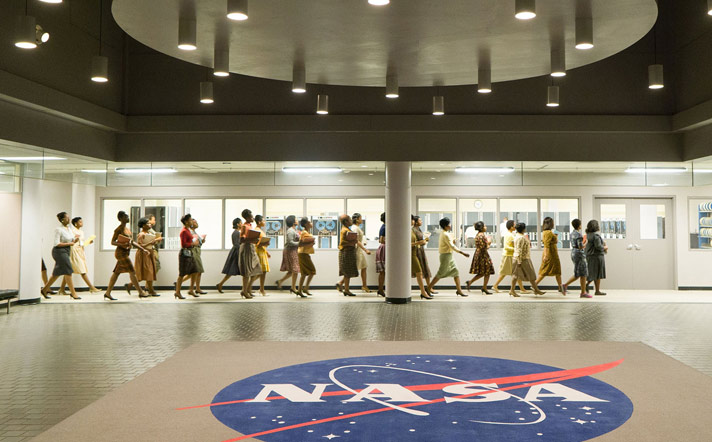The Unfettered Critic – April 2017
Hollywood’s movie business is exactly that: a business, dedicated to the creation of art that (hopefully) will bring in enough money to cover the cast, crew, and dozens of others whose names you read in the end credits, while still garnering a sizable bottom line for the studios. The studios, after all, provide the resources ($$$) that make it possible to produce the art.
Whether studio executives opt to finance a movie depends on their perception of how many tickets it likely will sell. If previous ticket sales “prove” that visual effects-heavy movies starring fair-haired heroes will capture current ticket-buyers’ fancies, they’ll give us more of the same. Scripts that might appeal to more select audiences, meanwhile, will be ignored if the executive suite believes they don’t promise enough profit. As Mafioso Michael Corleone told his brother in The Godfather, “It’s nothing personal, Sonny. It’s strictly business.”
Every now and then, however, this tried and true business plan backfires—and ticket buyers notice.
You may recall that 2015’s Oscar awards ceremony earned Hollywood the less-than-flattering hashtag #OcarsSoWhite for lack of diversity among that year’s nominees. The criticism was deserved, although not necessarily premeditated. On the small screen, shows like Empire, Blackish, Scandal, and How To Get Away With Murder were flourishing with diverse casts. Certainly actors and filmmakers of color were available to work on feature films, too. They just weren’t being called.
Pendulums, however, swing. This year’s Oscar ceremony included four Best Motion Picture nominees that emphasized characters of distinctly different hues—Fences, Moonlight, Hidden Figures, and Lion—and brought forth nominations and/or wins for actors, writers, directors, and producers involved with those, and several other #notsowhite films.
Producing Hidden Figures likely was an easy decision for Hollywood execs. Based on the nonfiction book of the same name, Figures celebrates the significant contributions a group of African American mathematicians—females, no less!—made to NASA’s space program. The script is a surefire crowd-pleaser, a feel-good story that audiences of all colors can root for—and one can’t help but ponder why history hadn’t extolled these women and their contributions before. Sure, the movie hits a few clichés on the way to its stand-up-and-cheer ending. Yet it’s a beautiful film that moved many in the Tinseltown audience to happy tears.
If Hidden Figures was an easy sell to the studio bosses, we suspect this year’s Best Picture winner was anything but. Still, Moonlight provides a stunning illustration of just how far that pendulum has swung. The film offers audiences a glimpse into key moments in the life of an African American named Chiron—first as a lonely withdrawn child, then as a bullied, gender-confused teenager, and finally, as a self-sufficient street “enforcer,” who—somewhat surprisingly—possesses a strong sense of morality and self-awareness. This is not your granddad’s kind of Oscar-winner. As the first Best Picture winner with an entirely non-white cast, and with an LGBT theme, the praise it has received reflects a value far beyond the bottom line. Hopefully, its success will inspire studios to continue taking such chances in the future.
A promising omen: during the week the Academy Awards were presented, the number one grossing film was a thriller titled Get Out, written and directed by comedic performer Jordan Peele, who is, not coincidentally, African American. His film may remind you of The Stepford Wives, with its theme of transforming feminist wives into compliant ‘50s style housewives. Get Out explores a similar—but oh-so-different—kind of transformation. It’s creepy, and funny—and already has made over $100 million at the box office, making it #intheblack.

 Paula and Terry identify as writers, with an ever-increasing number of published works to support the supposition. They live a primarily pastoral life in the enchanted town of Jacksonville.
Paula and Terry identify as writers, with an ever-increasing number of published works to support the supposition. They live a primarily pastoral life in the enchanted town of Jacksonville.